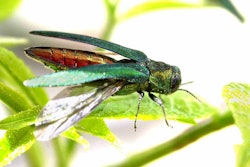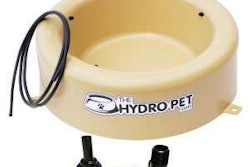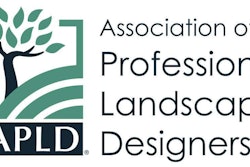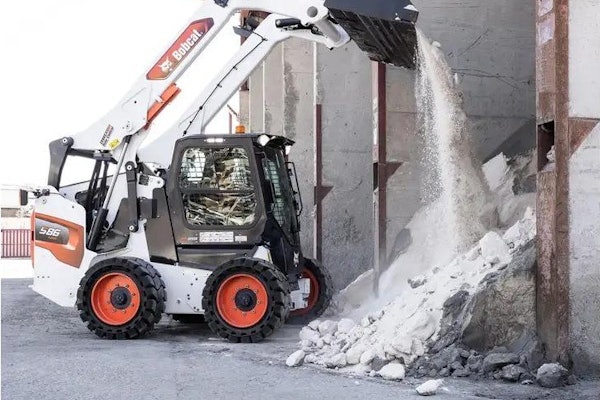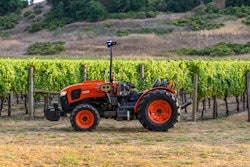 Photo: Wikipedia
Photo: WikipediaLately one of the buzzwords you probably hear a lot is sustainability. People are more concerned about protecting the environment and in turn they want their landscapes to be more ecological as well.
First, it’s important to let your customer understand the actual definition of a sustainable landscape. These landscapes are designed and managed to maintain hydrological function, plant and animal diversity and soil integrity. Whatever environmental issue is present, sustainable landscaping seeks to correct it.
To practice sustainable landscaping there are several principals listed below you should follow.
Maintain healthy soil
Without healthy soil, a landscape cannot thrive so it is important to preserve this resource. Healthy soil not only promotes plant growth, but increases its water and nutrient holding capabilities. Conduct soil tests to determine what nutrients, if any, are needed. Excess fertilizer can be harmful to plants and waterways if allowed to run off.
You’ll also want to remedy compacted soils as not only is it a main cause of stormwater runoff, but it also restricts plant growth and leads to erosion.
Right plant, right place
One easy way to conserve resources and avoid having to conduct a lot of maintenance is to plant the right plant in the right place. An example of this would be to avoid growing water-needy plants in a desert. To keep it alive would require an inordinate amount of irrigation and likewise planting exotic species in areas where it cannot handle native pests causes you to have to use more pesticides than would be needed if natives had been selected.
Native plants are often already suited to the local growing conditions and can also support pollinators and wildlife. Also, when your client is wanting to redo their property, remind them that not literally every plant must go. Assess the existing plant material and preserve any natives they have growing.
Treat water like a resource
Recent droughts have caused many to reconsider their water usage, especially outside, but some still haven’t realized how much water can be wasted by poor irrigation design. If your client wants to be sustainable, some of the ways to conserve water include grouping plants by their water needs, irrigating in the early morning and installing low-water plants as well as more efficient irrigation systems.
Another way water can be saved is with rainwater harvesting. While there are some states that have restrictions about this practice, for those that do not, this is a simple and easy way to prevent stormwater pollution while lowering the water bill.
Recycle yard waste
Too often grass clippings are bagged up and sent to landfills when they could easily be used as a natural fertilizer, as they are an abundant source of free nutrients. Contrary to popular belief, grass clippings do not cause thatch, which is a layer of dead and living grass parts between the soil and live grass. As long as the lawn is mowed regularly at the right height, the clippings will be able to break down.
Likewise leaves can be mown over to fertilize the soil in the fall, or they can be collected and turned into mulch or added to a compost pile. By making use of the resources already provided, you can cut down on having to use synthetic fertilizer, saving your client money.
Sustainability can sound like a nebulous goal that is unachievable, but it is really all about common sense and reducing wasteful practices.
